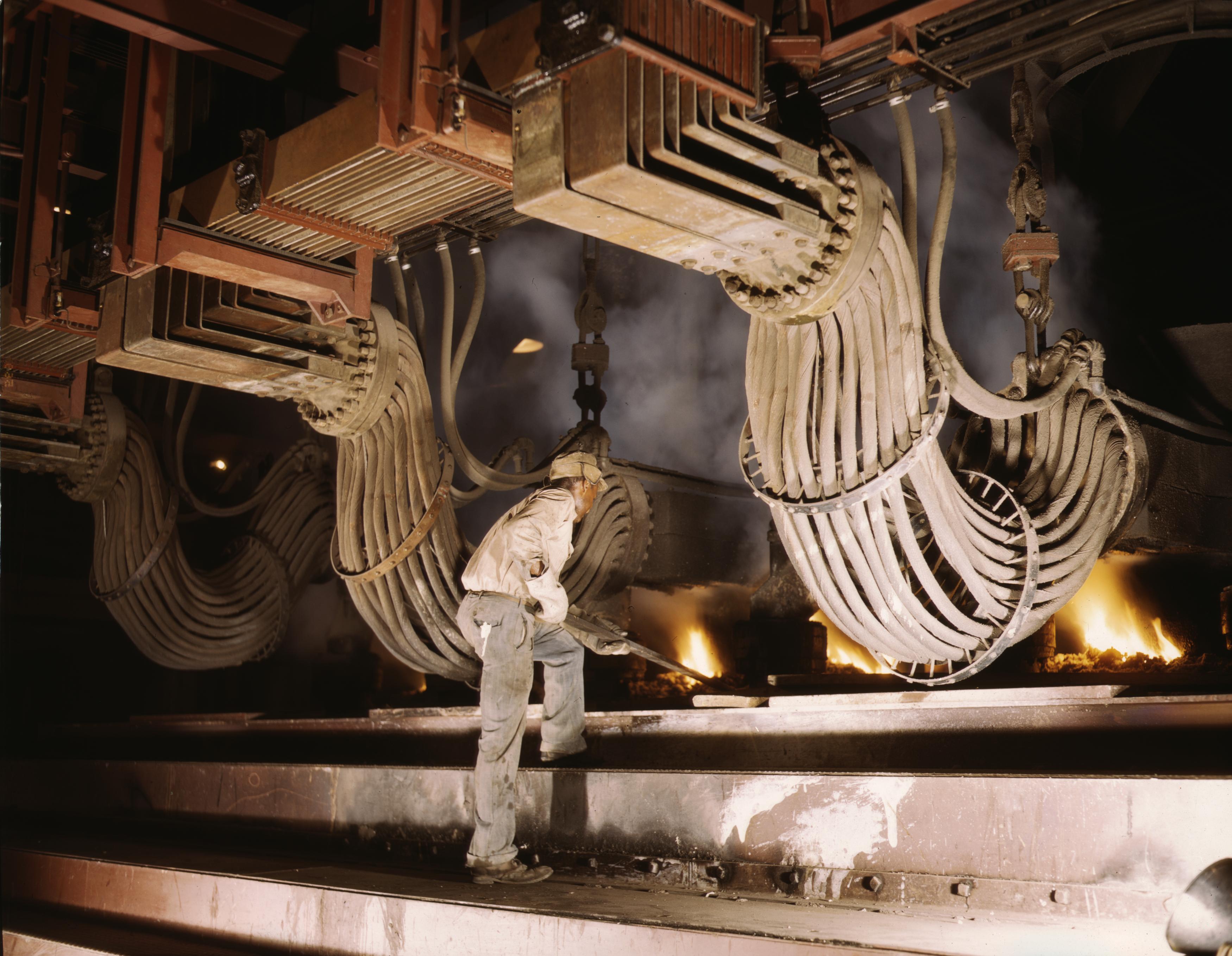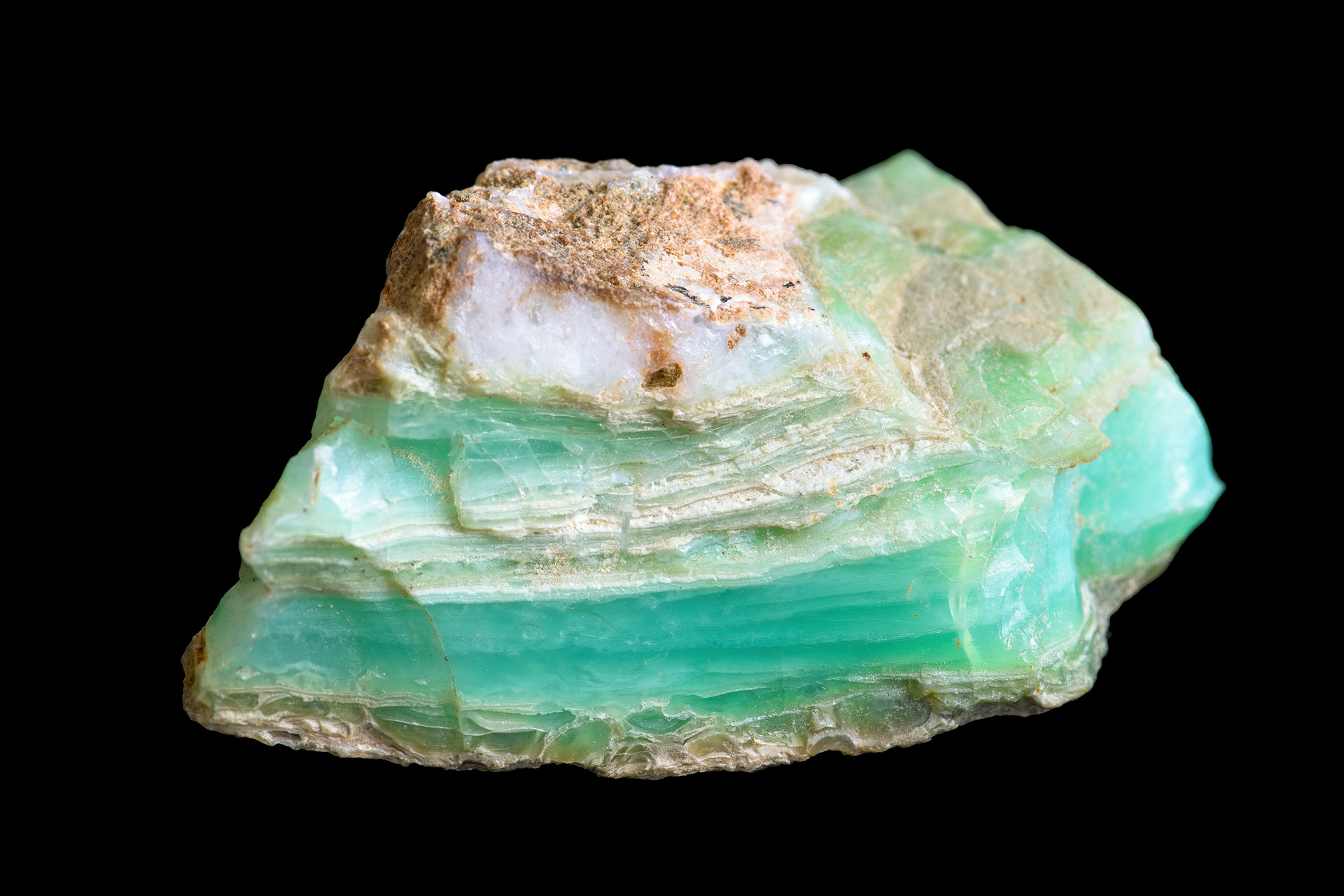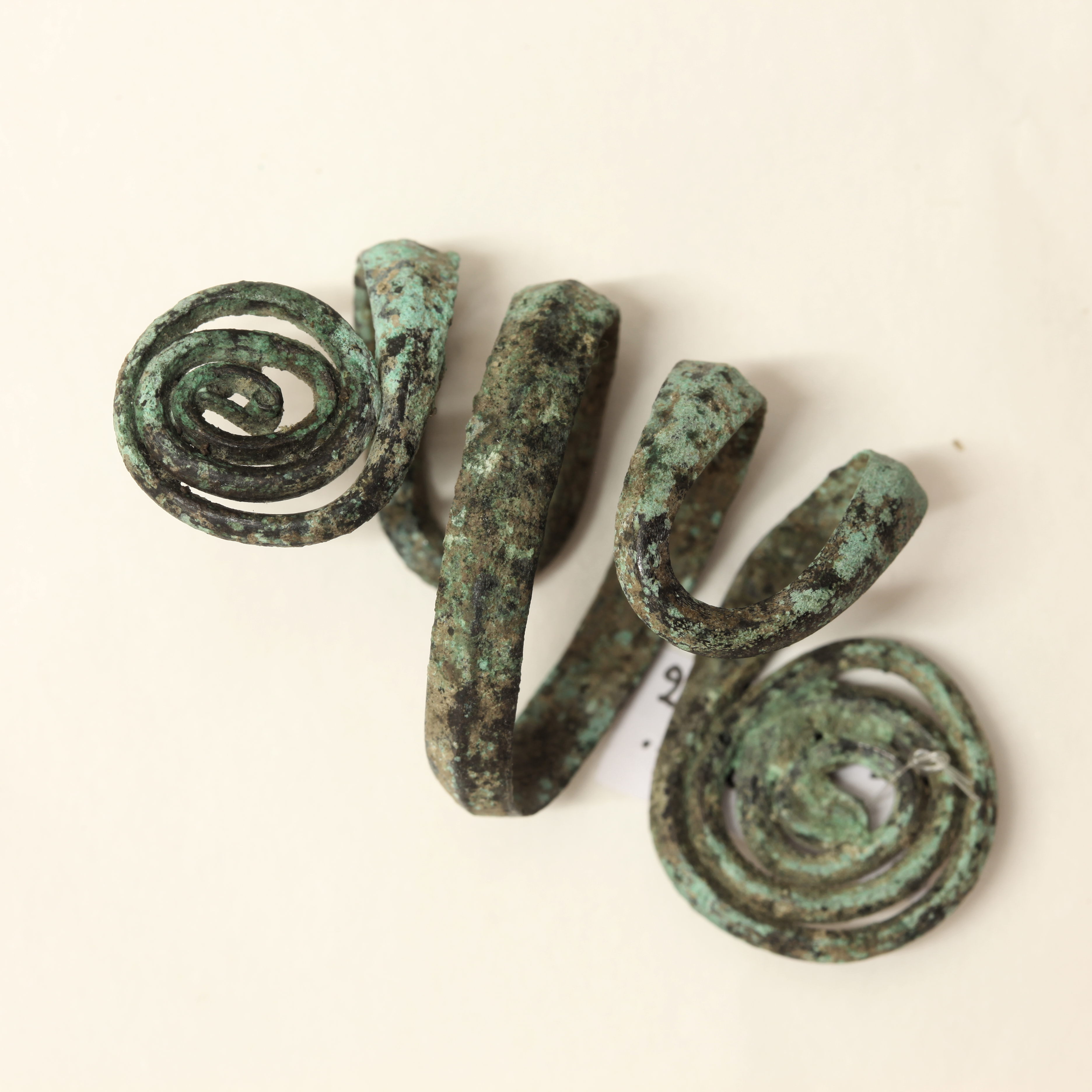|
Kallur Archaeological Site
Kallur or Kallūru is an archaeological site and village located in the Manvi taluk of Raichur district in the state of Karnataka, India.Amalananda Ghosh (1990), p197 It belongs to Gulbarga division. The site came into prominence with the discovery of antennae swords in the 1930s, which was the first instance of the Copper Hoard culture being discovered in South India. The earliest finding here has been dated to the Neolithic period. Etymology The word ''Kallur'' is formed from two Kannada words: ''kallu'' which means "stone" and ''ooru'' which means "town". The number of granite hillocks that surround Kallur, may have given the place its name. Some of the hillocks that are present here are ''Yammigudda'', ''Pirbannur'', ''Agsargudda'', ''Kampangudda'' and ''Polannagudda''. Excavation history The site was first excavated in 1939–40 by M. Khwaja Ahmed of the Archaeological Department of Hyderabad state. It was later explored by F. Raymond Allchin in 1952.F. R. Allchin (197 ... [...More Info...] [...Related Items...] OR: [Wikipedia] [Google] [Baidu] [Amazon] |
States And Territories Of India
India is a federalism, federal union comprising 28 federated state, states and 8 union territory, union territories, for a total of 36 subnational entities. The states and union territories are further subdivided into 800 List of districts in India, districts and smaller administrative divisions of India, administrative divisions by the respective subnational government. The states of India are self-governing administrative divisions, each having a State governments of India, state government. The governing powers of the states are shared between the state government and the Government of India, union government. On the other hand, the union territories are directly governed by the union government. History 1876–1919 The British Raj was a very complex political entity consisting of various imperial divisions and states and territories of varying autonomy. At the time of its establishment in 1876, it was made up of 584 princely state, constituent states and the prov ... [...More Info...] [...Related Items...] OR: [Wikipedia] [Google] [Baidu] [Amazon] |
Granite
Granite ( ) is a coarse-grained (phanerite, phaneritic) intrusive rock, intrusive igneous rock composed mostly of quartz, alkali feldspar, and plagioclase. It forms from magma with a high content of silica and alkali metal oxides that slowly cools and solidifies underground. It is common in the continental crust of Earth, where it is found in igneous intrusions. These range in size from dike (geology), dikes only a few centimeters across to batholiths exposed over hundreds of square kilometers. Granite is typical of a larger family of ''granitic rocks'', or ''granitoids'', that are composed mostly of coarse-grained quartz and feldspars in varying proportions. These rocks are classified by the relative percentages of quartz, alkali feldspar, and plagioclase (the QAPF diagram, QAPF classification), with true granite representing granitic rocks rich in quartz and alkali feldspar. Most granitic rocks also contain mica or amphibole minerals, though a few (known as leucogranites) conta ... [...More Info...] [...Related Items...] OR: [Wikipedia] [Google] [Baidu] [Amazon] |
Smelting
Smelting is a process of applying heat and a chemical reducing agent to an ore to extract a desired base metal product. It is a form of extractive metallurgy that is used to obtain many metals such as iron-making, iron, copper extraction, copper, silver mining#Ore processing, silver, tin, lead smelting, lead and zinc smelting, zinc. Smelting uses heat and a chemical reducing agent to decompose the ore, driving off other elements as gases or slag and leaving the metal behind. The reducing agent is commonly a fossil-fuel source of carbon, such as carbon monoxide from incomplete combustion of coke (fuel), coke—or, in earlier times, of charcoal. The oxygen in the ore binds to carbon at high temperatures, as the Chemical energy, chemical potential energy of the bonds in carbon dioxide () is lower than that of the bonds in the ore. Sulfide ores such as those commonly used to obtain copper, zinc or lead, are roasting (metallurgy), roasted before smelting in order to convert the sulfid ... [...More Info...] [...Related Items...] OR: [Wikipedia] [Google] [Baidu] [Amazon] |
Quartzite
Quartzite is a hard, non- foliated metamorphic rock that was originally pure quartz sandstone.Essentials of Geology, 3rd Edition, Stephen Marshak, p 182 Sandstone is converted into quartzite through heating and pressure usually related to tectonic compression within orogenic belts, and hence quartzite is a metasandstone. Pure quartzite is usually white to grey, though quartzites often occur in various shades of pink and red due to varying amounts of hematite. Other colors, such as yellow, green, blue and orange, are due to other minerals. The term ''quartzite'' is also sometimes used for very hard but unmetamorphosed sandstones that are composed of quartz grains thoroughly cemented with additional quartz. Such sedimentary rock has come to be described as orthoquartzite to distinguish it from metamorphic quartzite, which is sometimes called metaquartzite to emphasize its metamorphic origins. Quartzite is very resistant to chemical weathering and often forms ridges and resist ... [...More Info...] [...Related Items...] OR: [Wikipedia] [Google] [Baidu] [Amazon] |
Iron Ore
Iron ores are rocks and minerals from which metallic iron can be economically extracted. The ores are usually rich in iron oxides and vary in color from dark grey, bright yellow, or deep purple to rusty red. The iron is usually found in the form of magnetite (, 72.4% Fe), hematite (, 69.9% Fe), goethite (, 62.9% Fe), limonite (, 55% Fe), or siderite (, 48.2% Fe). Ores containing very high quantities of hematite or magnetite (typically greater than about 60% iron) are known as natural ore or irect shipping ore and can be fed directly into iron-making blast furnaces. Iron ore is the raw material used to make pig iron, which is one of the main raw materials to make steel — 98% of the mined iron ore is used to make steel. In 2011 the ''Financial Times'' quoted Christopher LaFemina, mining analyst at Barclays Capital, saying that iron ore is "more integral to the global economy than any other commodity, except perhaps oil". Sources Elemental iron is virtually absent o ... [...More Info...] [...Related Items...] OR: [Wikipedia] [Google] [Baidu] [Amazon] |
Chalcedony
Chalcedony ( or ) is a cryptocrystalline form of silica, composed of very fine intergrowths of quartz and moganite. These are both silica minerals, but they differ in that quartz has a trigonal crystal structure, while moganite is monoclinic. Chalcedony's standard chemical structure (based on the chemical structure of quartz) is SiO2 (silicon dioxide). Chalcedony has a waxy luster, and may be semitransparent or translucent. It can assume a wide range of colors, but those most commonly seen are white to gray, grayish-blue or a shade of brown ranging from pale to nearly black. The color of chalcedony sold commercially is often enhanced by dyeing or heating. The name ''chalcedony'' comes from the Latin (alternatively spelled ) and is probably derived from the town of Chalcedon in Asia Minor. The name appears in Pliny the Elder's as a term for a translucent kind of jaspis. Another reference to a gem by the name of () is found in the Book of Revelation (21:19); however, i ... [...More Info...] [...Related Items...] OR: [Wikipedia] [Google] [Baidu] [Amazon] |
Jasper
Jasper, an aggregate of microgranular quartz and/or cryptocrystalline chalcedony and other mineral phases, is an opaque, impure variety of silica, usually red, yellow, brown or green in color; and rarely blue. The common red color is due to iron(III) inclusions. Jasper breaks with a smooth surface and is used for ornamentation or as a gemstone. It can be highly polished and is used for items such as vases, seals, and snuff boxes. The density of jasper is typically 2.5 to 2.9 g/cm3. Jaspillite is a banded-iron-formation rock that often has distinctive bands of jasper. Etymology and history The name means "spotted or speckled stone," and is derived via Old French (variant of Anglo-Norman ''jaspe'') and Afroasiatic language (cf. Hebrew language">Hebrew ' , Akkadian ''yashupu''). This Semitic etymology is believed to be unrelated to that of the English given name Persian origin, though the Persian word for the mineral jasper is also ''yashum'' ( :fa:یشم">ی� ... [...More Info...] [...Related Items...] OR: [Wikipedia] [Google] [Baidu] [Amazon] |
Chert
Chert () is a hard, fine-grained sedimentary rock composed of microcrystalline or cryptocrystalline quartz, the mineral form of silicon dioxide (SiO2). Chert is characteristically of biological origin, but may also occur inorganically as a precipitation (chemistry), chemical precipitate or a diagenesis, diagenetic replacement, as in petrified wood. Chert is typically composed of the petrified remains of siliceous ooze, the biogenic sediment that covers large areas of the deep ocean floor, and which contains the silicon skeletal remains of diatoms, Dictyochales, silicoflagellates, and radiolarians. Precambrian cherts are notable for the presence of fossil cyanobacteria. In addition to Micropaleontology, microfossils, chert occasionally contains macrofossils. However, some chert is devoid of any fossils. Chert varies greatly in color, from white to black, but is most often found as gray, brown, grayish brown and light green to rusty redW.L. Roberts, T.J. Campbell, G.R. Rapp Jr., ... [...More Info...] [...Related Items...] OR: [Wikipedia] [Google] [Baidu] [Amazon] |
Russet (color)
Russet is a dark brown color with a reddish-orange tinge. As a tertiary color, russet is an equal mix of orange and purple pigments. The first recorded use of russet as a color name in English was in 1562. The source of this color is ''The ISCC-NBS Method of Designating Colors and a Dictionary of Color Names'' (1955) used by stamp collectors to identify the colors of stamps. However, it is widely considered hard to standardize, and the same vary name could be applied to various tones; ''russet'' often has no more specific meaning than ''ruddy'' or ''reddish''. The name of this color derives from russet, a coarse cloth made of wool and dyed with woad and madder to give it a subdued grey or reddish-brown shade. By the statute of 1363, poor English people were required to wear russet. Russet, a color of autumn, is often associated with sorrow or grave seriousness. Anticipating a lifetime of regret, Shakespeare's character Biron says in ''Love's Labour's Lost'', Act V, Scene 2: " ... [...More Info...] [...Related Items...] OR: [Wikipedia] [Google] [Baidu] [Amazon] |
Koban Culture
The Koban culture or Kuban culture (c. 1200 to 350 BC), is a late Bronze Age and Iron Age culture of the northern and central Caucasus. It is preceded by the Colchian culture of the western Caucasus and the Kharachoi culture further east. It is named after the village of Koban, Northern Ossetia, where in 1869 battle-axes, daggers, decorative items and other objects were discovered in a kurgan. Later, further sites were uncovered in the central Caucasus. Geographical extent The culture flourished on both sides of the Great Caucasus Range, and extended into the areas of Ingushetia, Kabardino-Balkaria, Karachay-Cherkessia, and North Ossetia-Alania, and South Ossetia. It also reached the high north-western regions of Georgia such as Racha and Svaneti. Some areas of Northeast Caucasus also had Koban settlements, in particular the modern Ingushetia and the western regions of Chechnya.P. Kohl, Viktor Trifonov''The prehistory of the Caucasus: internal developments and external inte ... [...More Info...] [...Related Items...] OR: [Wikipedia] [Google] [Baidu] [Amazon] |
Robert Von Heine-Geldern
The name Robert is an ancient Germanic given name, from Proto-Germanic "fame" and "bright" (''Hrōþiberhtaz''). Compare Old Dutch ''Robrecht'' and Old High German ''Hrodebert'' (a compound of '' Hruod'' () "fame, glory, honour, praise, renown, godlike" and ''berht'' "bright, light, shining"). It is the second most frequently used given name of ancient Germanic origin.Reaney & Wilson, 1997. ''Dictionary of English Surnames''. Oxford University Press. It is also in use as a surname. Another commonly used form of the name is Rupert. After becoming widely used in Continental Europe, the name entered England in its Old French form ''Robert'', where an Old English cognate form (''Hrēodbēorht'', ''Hrodberht'', ''Hrēodbēorð'', ''Hrœdbœrð'', ''Hrœdberð'', ''Hrōðberχtŕ'') had existed before the Norman Conquest. The feminine version is Roberta. The Italian, Portuguese, and Spanish form is Roberto. Robert is also a common name in many Germanic languages, including Eng ... [...More Info...] [...Related Items...] OR: [Wikipedia] [Google] [Baidu] [Amazon] |
Fatehgarh
Fatehgarh is a cantonment town in Farrukhabad district in the state of Uttar Pradesh, India. Located on the south bank of the Ganges River, it is the administrative headquarters of Farrukhabad District. Fatehgarh derives its name from an old fort. It is a small city with no significant industrial activity. Asia's largest potato market is located in Farrukhabad. It contains a large Indian Army establishment in the form of the Rajput Regimental Centre, 114 Infantry Battalion TA and the Sikh Light Infantry Center. Demographics As per provisional data of 2011 census, Farrukhabad-cum-Fategarh urban agglomeration had a population of 290,540, out of which males were 154,630 and females were 135,910. The literacy rate was 75.60 per cent. India census, Fatehgarh had a population of 14,682, males constituting 60% of the population and females 40%. Fatehgarh has an average literacy rate of 76%, higher than the national average of 59.5%: male literacy is 83%, and female lite ... [...More Info...] [...Related Items...] OR: [Wikipedia] [Google] [Baidu] [Amazon] |







